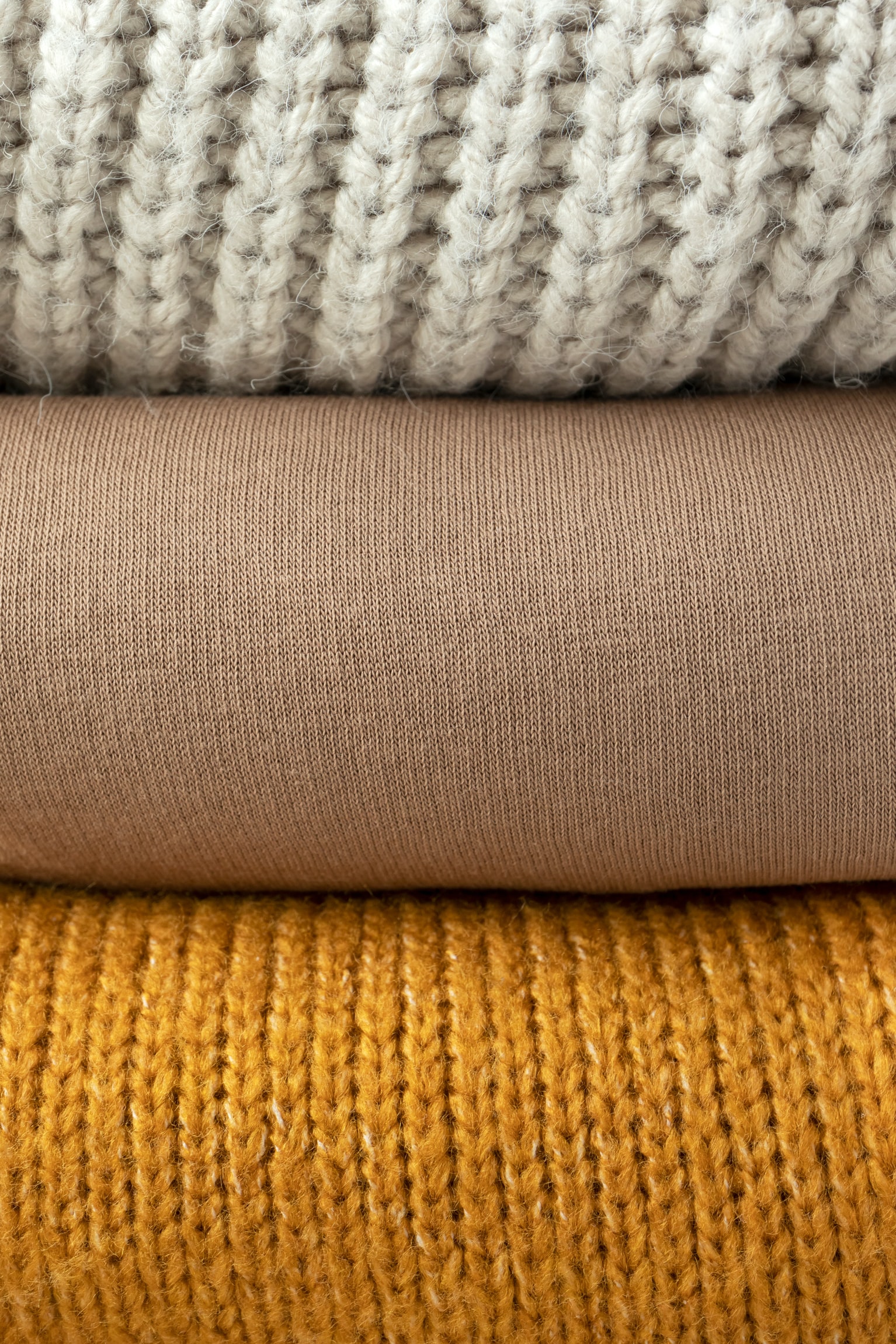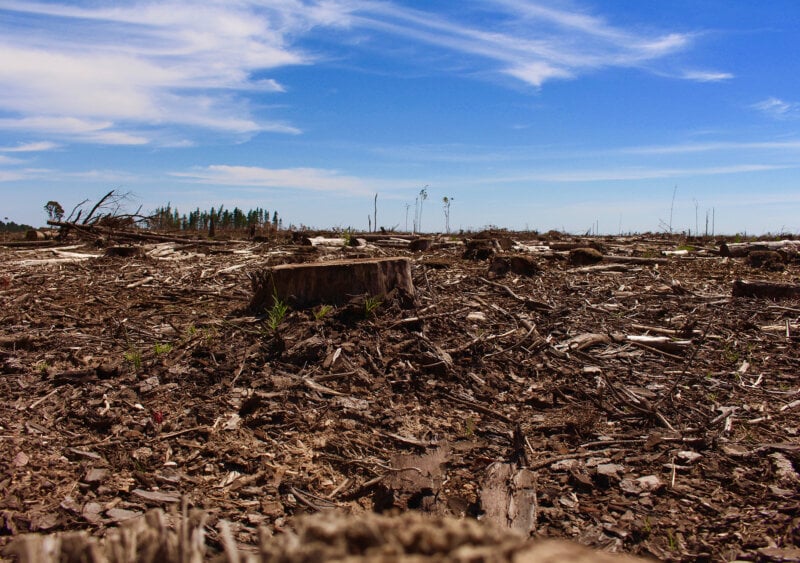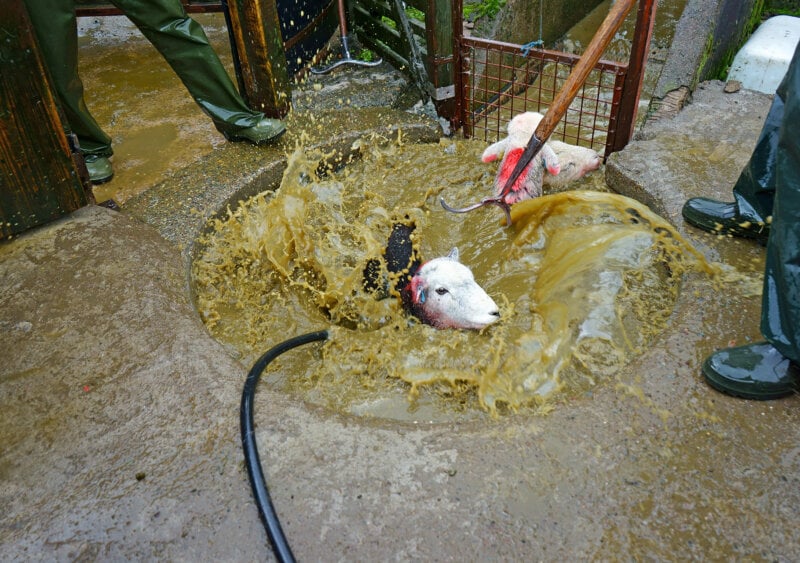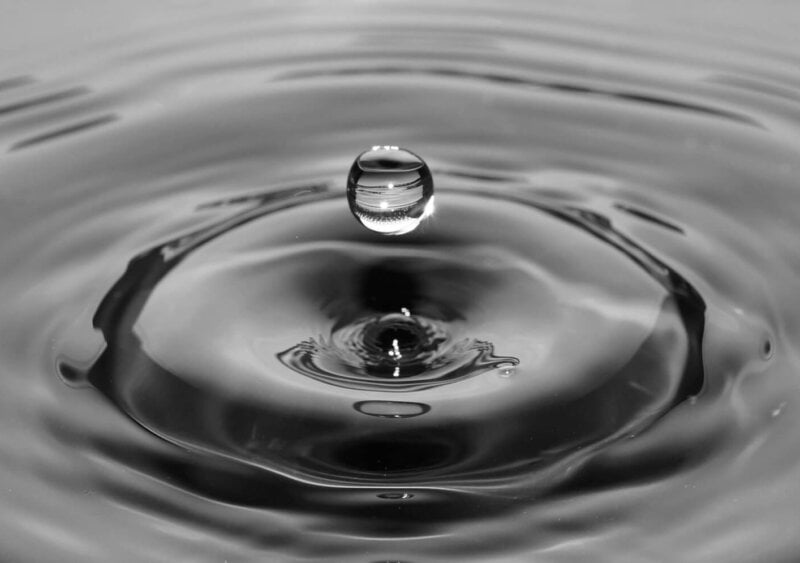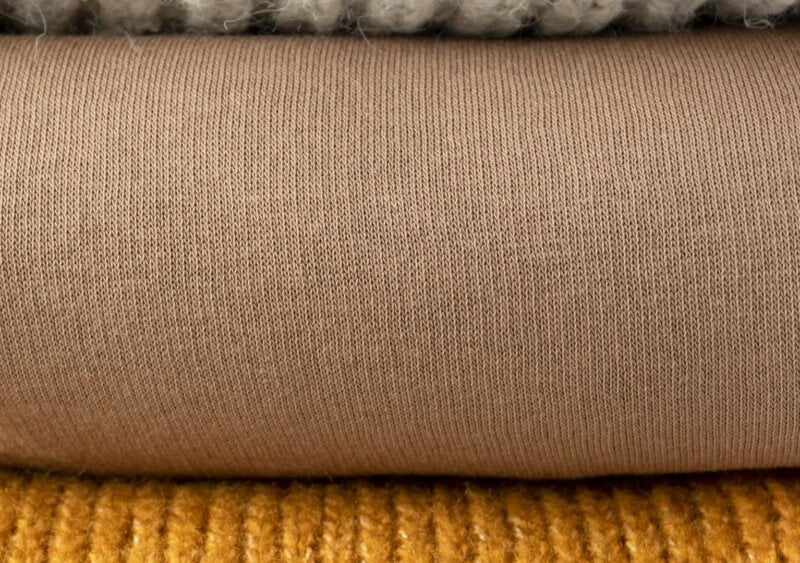Microfibre Pollution
The term “microfibres” has become an environmental buzz word in recent years, with increasing concern about the microscopic particles making their way from our clothes – via our washing machines – to the oceans and filling them with debris. Scientists estimate that around 2 million tonnes of microfibres are released into the seas every year.
But not all microfibres are microplastics.
In 2020, scientists from around the world compiled a global dataset from 916 seawater samples collected in six ocean basins and published their findings in Science Advances. They found that only 8.2% of oceanic fibres were synthetic (polyester, acrylic, polyamides, aramids, and polypropylene), while 79.5% were cellulosic and plant-based fibres (cotton, linen, jute, kenaf, hemp, flax, and sisal) and 12.3% were of animal origin (wool and silk).
Not all microfibres are microplastics, in fact, the majority aren’t.
“Processing can impact the biodegradability of fabrics.”
But aren’t “natural” fibres like cotton and wool biodegradable?
Non-profit Collective Fashion Justice argues the dataset proves that non-synthetic fabrics aren’t as pure as we like to think they are.
According to an article on its website, “These non-synthetic fibres are altered due to chemicals used to colour and prolong fabrics during textile production. This processing can impact the biodegradability of fabrics. Basically, a biodegradable material can become non-biodegradable, if it is dyed, coated or processed in a certain way.”
The microfibre researchers also noted that even though wool and cellulosic fibres are considered biodegradable, little is actually known about their degradation in marine environments. They write, “The use of natural fibers is being advocated as a strategy to reduce inputs and risks of microplastics into the environment. However, animal and cellulosic fibers are greatly underrepresented in environmental pollution literature.”
Clearly, we need more research in the field of microfibres and less fashion consumption, regardless of the fabric, as a general rule to combat this problem.
